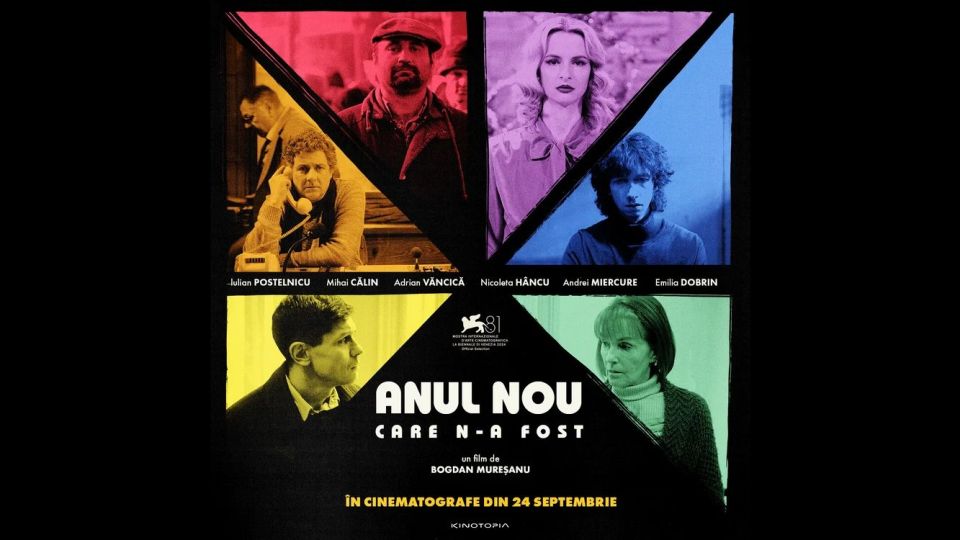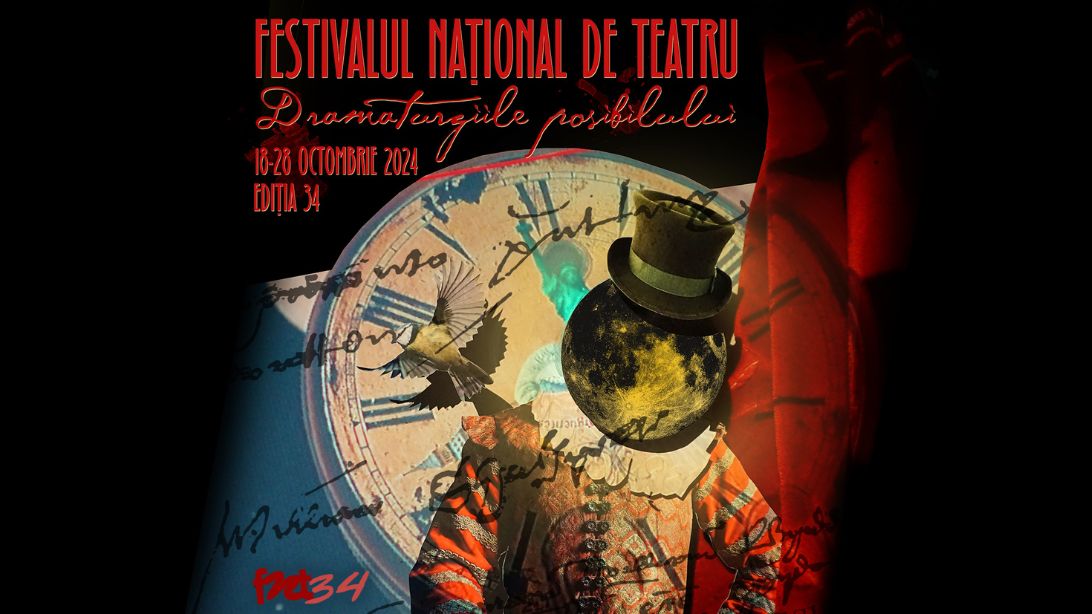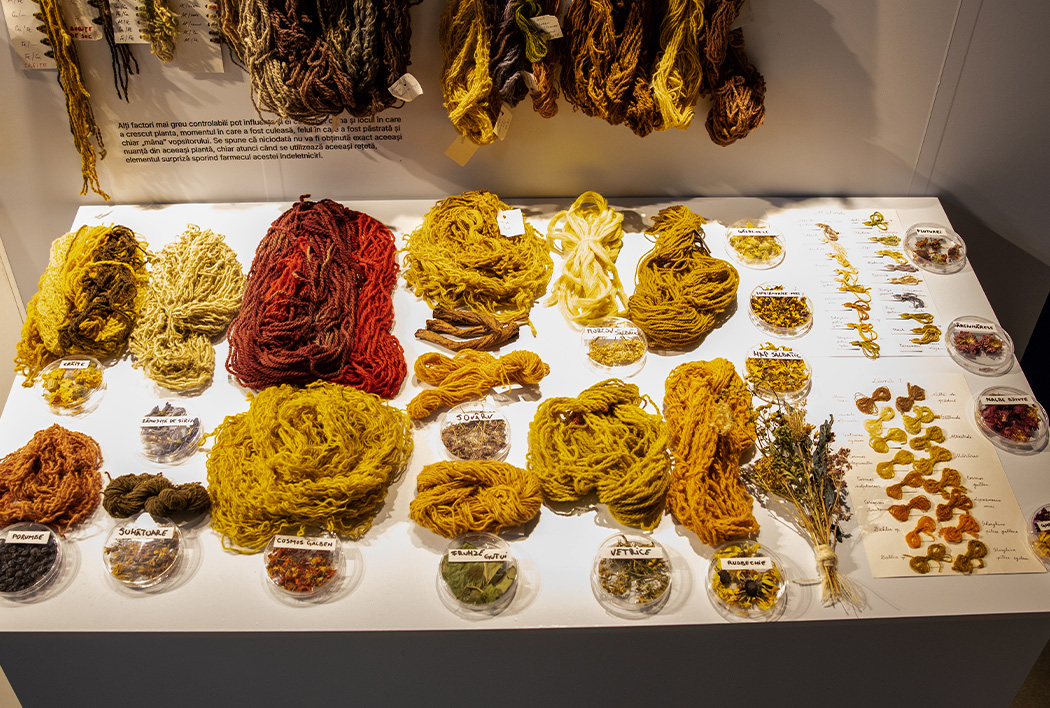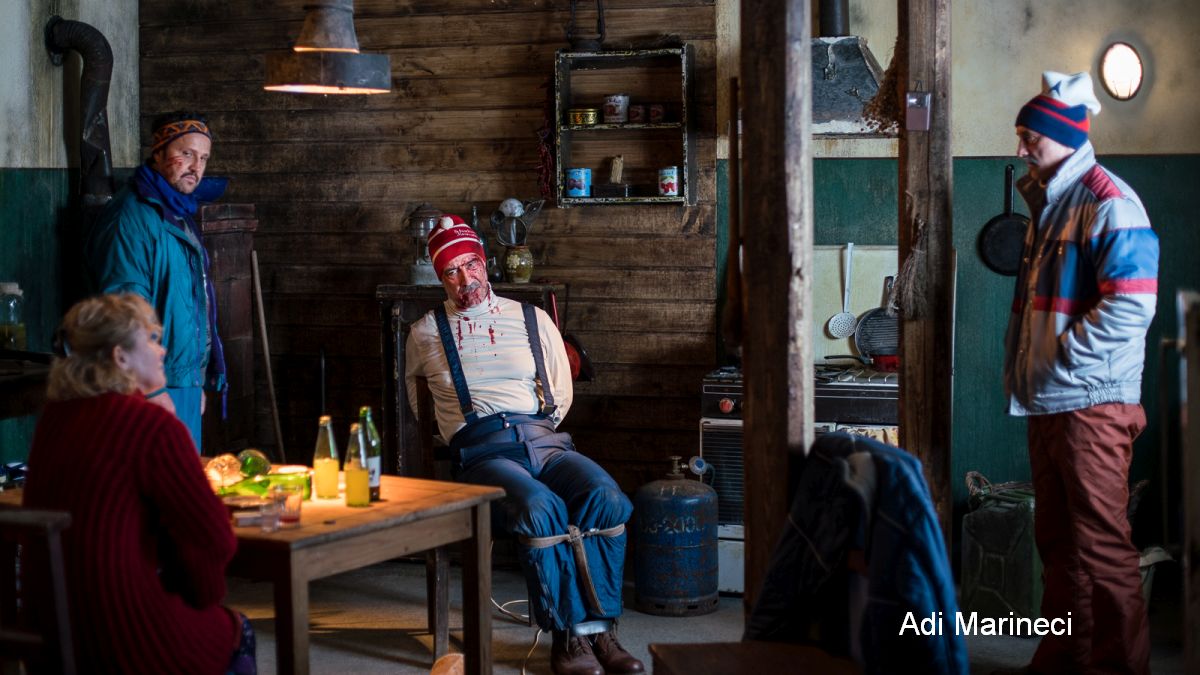The 6th Edition of the Temps D’Images Festival
Temps DImages is French for “time of images, but the festival itself is more about the image of our times.

România Internațional, 07.12.2013, 12:58
Temps D’Images is French for “time of images”, but the festival itself is more about the image of our times. It brings together representations of theatre, dance and visual arts in an event revolving around the social role of art. Miki Braniste, the head of the CollectivA Association and the director of the Temps Dd’Images festival told us more:
“The festival started slightly differently in 2008 and I feel the direction it has been taking so far had its progress in time. It took three editions for us were to be able to realize where we stood exactly. In 2011 I had a revelation. I was very impressed by the social movements that started in the Arab world, for instance. And it dawned upon me that these are important times we are living, and that the changes which occurred there would have a strong bearing on history as such, from now on. And what we do, through the artists we invite in the festival, should mirror that moment, which is one of utmost importance for our future. And that is why the topics we’ve started tackling have a lot more to do with the social dimension, with the economic and political changes that take their toll on us all. I believe art can bring in a new perspective on what we usually view as being a Sisyphean toil.”
Held in Cluj in the first half of November, the festal has now reached its 6th edition, Yet its history is older, and with truly European origins. It was jointly set up in 2002 by the ARTE TV Channel, La Ferme du Buisson, the Marne and La Valee National Stage in France. The TEMPS D’IMAGES project, which is a dance and photo/video image festival, developed at European level since it has so far been held in ten countries: Belgium, Estonia, France, Germany, Italy, Portugal, Poland, Romania, Hungary and Turkey.
Each edition of the festival’s Romanian version brought in a different topic, one of social inspiration. And those topics do have their running thread. With details on that, here is Miki Braniste again.
“If last year we spoke about the future, this year we speak about solidarity as the talks we had with the public and the artists in the previous edition made us realize there is nothing we can do in this world all by ourselves, we need to be together with others. I for one realize we need to search even beyond the mere concept of solidarity so that we can see the reasons why we need to show solidarity. I would love, for instance, to invite artists from Japan, which is now confronted with environment-related problems. I believe that an ecology-oriented range of themes, so rarely tackled in art, will from now on be a very important topic for all of us.”
Therefore, at this year’s edition of the Temps d’Images Festival, the theme of solidarity echoed in all the events, one way or another. Director Miki Braniste told us how:
“We had a lot of debates, attended by Romanian and foreign artists, foreign festival producers, festival directors, etc. Even though each of them was describing the situation they had back home, we realized that this is a global problem, and that we all need solidarity. It is a topic of concern for the audience as well, which provided us with a lot of feedback. There was a need to communicate with one another, it was as if time was never enough at the debates. We can continue these debates after the festival as well, here in Cluj, trying to see what solutions we can find, and how to get people more involved as citizens.”
Solidarity was also the topic for the dance show called ‘Parallel’, created by Ferenc Sinko and Leta Popescu, performed by Lucia Marneanu and Kata Bodoki-Halmen, one of the shows that impressed theater critic Oana Stoica the most:
“This is a performance that starts off as contemporary dance and ends as a theater play. It is a show concerned with gender identity, more to the point lesbianism, and faces off the way in which men and women look at each other, and the way in which society evolves in bias clichés. In fact, it talks about the clichés through which we see the other, from sensuality to sexuality, every kind of difference. It is a very strong show, with two artists with a ver y specific kind of acting, different from what happens on stage elsewhere in Romania. They integrate dance and text, which is poetic and social at once, and at the same time physical. The two girls who perform in parallel in different spaces go throughout the show from a female identity to a male identity. That happens in a traumatic way at some point. For instance, binding their breasts with sticky tape to suppress femininity is a brutal image, very shocking for the viewer.”
Theatre critic Oana Stoica said that the selection of shows for the Temps d’Image Festival was “extremely focused on the specificities of Romanian theater nowadays, texts with strong social involvement, extracted from everyday reality”. Her impression of the festival summarizes very well what is special about the Temps d’Image Festival and why the community continues to need this festival:
“The way in which social issues reflect in art is interrogative, in that the artist raises issues and points to flaws in society. They raise issues, not necessarily coming up with solutions. Because it is not the artist’s job to provide them, his job is to show us the wound. I believe the public needs this, because they recognize themselves in a verbalized form, in a way they may not have thought to express things. I believe that art, theater in Romania should speak more and more about the problems that people have today, and do it less through metaphor, and more in a direct fashion.”






























